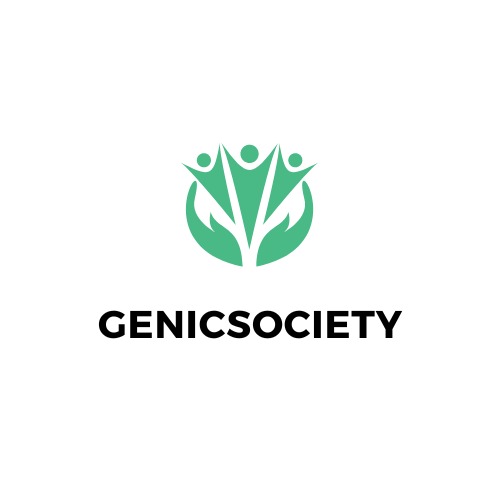Endovenous laser Ablation is a minimally invasive procedure used to treat varicose veins. It involves using a laser to heat and seal the affected veins, causing them to collapse and gradually disappear. EVLA has become increasingly popular in recent years due to its high success rate and low risk of complications.
Preparation:-
Before the procedure, your doctor will evaluate your medical history and perform a physical examination to determine if you’re a good candidate for EVLA. They may also use ultrasound imaging to map the veins in your legs and identify any problem areas.
Procedure:-
You may be offered a local anesthetic to numb the treatment region before the surgery. After that, your doctor will create a tiny skin incision and introduce a tiny laser fiber into the damaged vein. After the fiber is positioned, the vein will collapse and seal shut as a result of the laser’s internal heating. The treated vein will eventually be absorbed by the body, and blood flow will be rerouted to healthy veins.
The length of the treatment varies according to the size and quantity of veins to be treated, usually taking between 30 and 45 minutes. That same day you could be able to return home.
Recovery & Compression :-
After the procedure, you’ll be able to walk and resume normal activities immediately. You may experience some minor discomfort, swelling, or bruising in the treated area, but these typically resolve within a few days. Your doctor may recommend wearing compression stockings for a few weeks to promote healing. Compression stockings are applied to the treated leg to aid in healing and reduce swelling. Walking immediately after the procedure is encouraged to promote blood circulation.
Anesthesia:-
The treatment area usually gets cold with local anesthesia. This guarantees your comfort during the whole procedure.
Insertion of the laser fiber:-
A small incision is made near the affected vein, and a thin laser fiber is inserted through it. Your doctor will guide the fiber into the diseased vein using ultrasound guidance.
Tumescent anesthesia:-
Before laser energy delivery, a tumescent anesthesia solution is injected along the length of the vein. This serves multiple purposes, including numbing the area, compressing the vein to optimize laser-to-vein contact, and protecting surrounding tissues.
Laser energy delivery:-
Once the anesthesia has taken effect, laser energy is emitted through the fiber into the diseased vein. The laser energy heats and damages the vein wall, causing it to collapse and eventually seal shut.
Monitoring and removal:-
Throughout the procedure, ultrasound imaging is used to monitor the progress and ensure the correct placement of the laser fiber. Once the targeted vein has been treated, the fiber is slowly withdrawn while the vein is sealed.
Follow-up care:-
You will receive precise post-procedure instructions from your doctor. Usually, subsequent appointments are arranged to assess you and track your growth.
Results:-
The safety and effectiveness of endovenous laser ablation treatment seem to depend on the linear endovenous energy density or the amount of energy delivered over a specific distance. The optimal linear endovenous energy density is dependent on the type of fiber and laser wavelength. By using radial or jacket-tip fibers instead of bare-tip fibers, or higher wavelength fibers, post-operative discomfort and bruising may be lessened. With more experience, the incidence of endothermal heat-induced thrombosis has decreased and is still rather low. Studies have shown that saphenous endovenous laser ablation has a technical success rate of over 90%, is durable over time, and improves quality of life correspondingly.
Risks:-
EVLA is generally safe, however, there are several hazards to be mindful of. These consist of blood clots, bleeding, infections, and nerve injury. Before the surgery, your doctor will go over these risks in great detail with you and take precautions to reduce them.
Conclusions:-
An effective and long-lasting therapeutic option for weak superficial and perforator veins in the lower legs is endovenous laser ablation. It continues to be an essential part of the standard of care for the management of chronic venous insufficiency due to endothermal technology.
